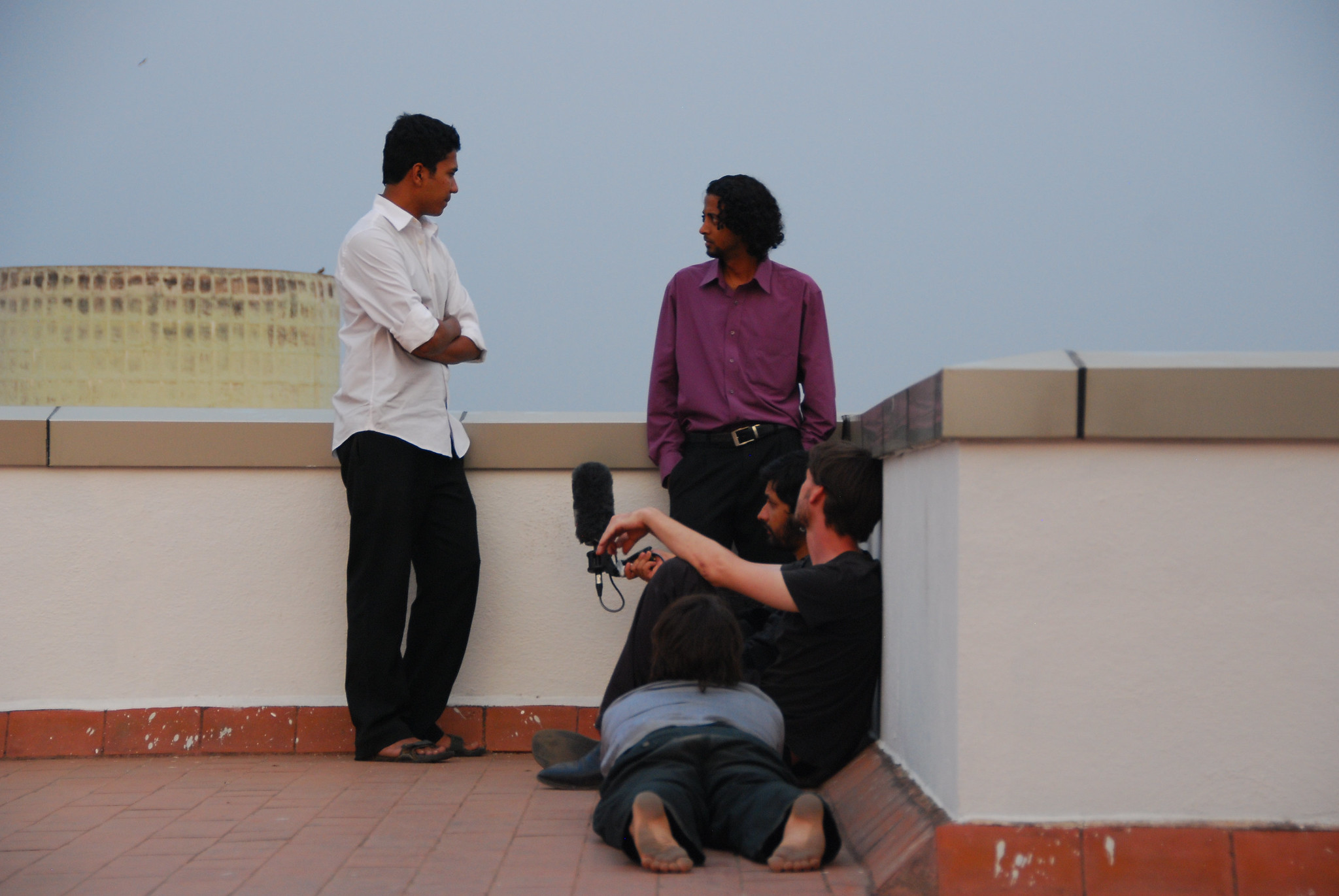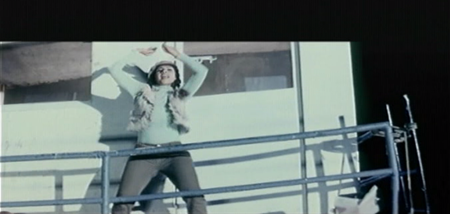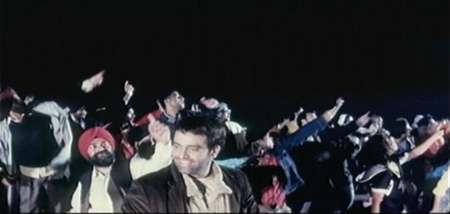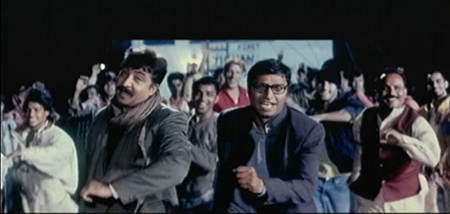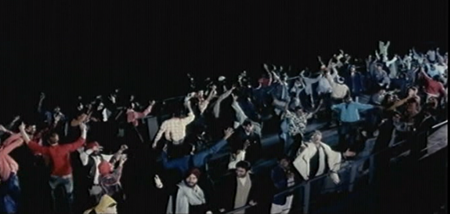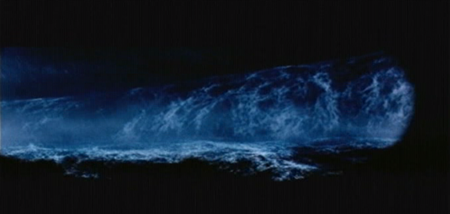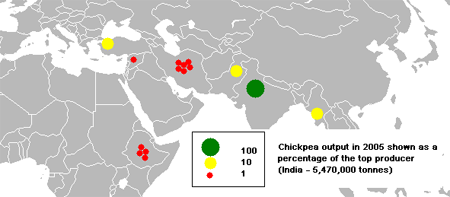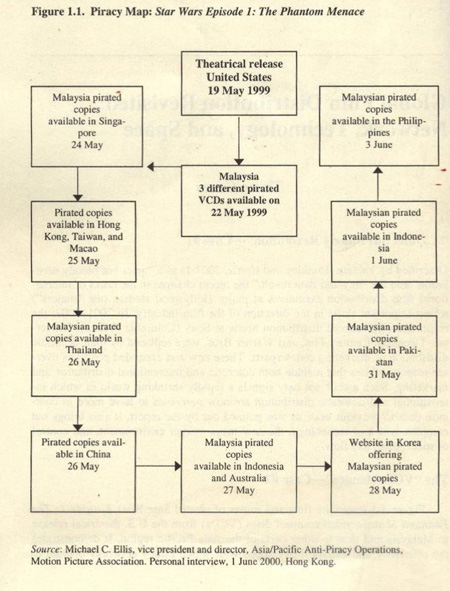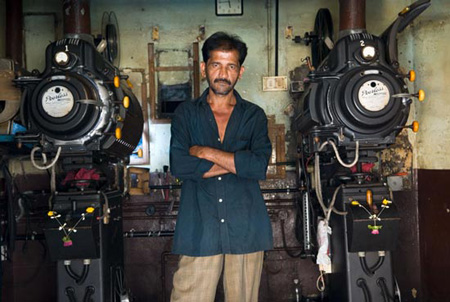Capital or the erosion of the social farbric of the city
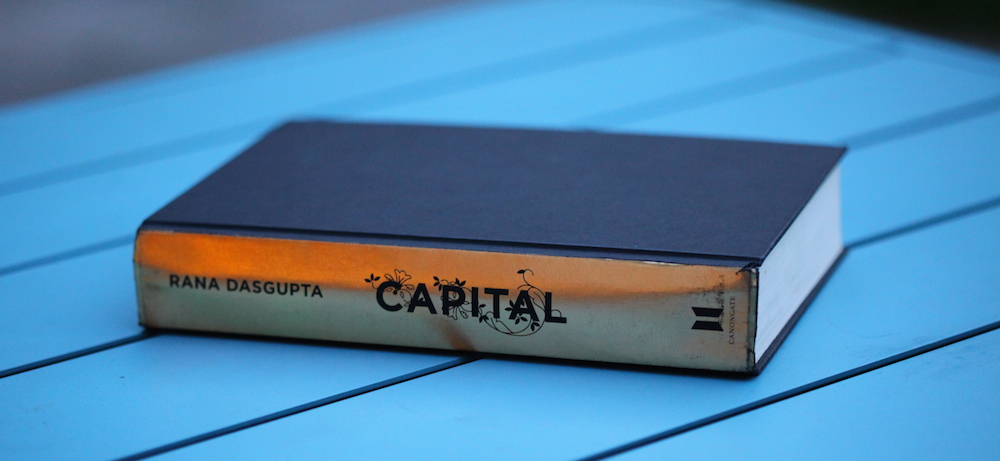
Capital by rana dasgupta
This is the second book i have read this year that has the words ‘capital’ and ’21st century’ in its title. While this smells a lot like free-riding on the popularity of the other book, it is not 1.
Capital by Rana Dasgupta chronicles the last one-and-a-half decades of the Indian capital Delhi. It is a mix between encounters (not in the indian sense of the word) with (moneyed) inhabitants of Delhi, snippets of history and more abstract reflections on the city in an globalized world.
It is a fascinating book that describes a city that is torn loose from its history and thrown into the maelstrom of globalization. I have been privileged to vist the Delhi a number of times between 2003 and 2006 and observing some of the transitions that Dasgupta describes. I also spend some time among the ‘bohemian artists and intellectuals’ that he found himself among and who were fueled by the energies unleashed by Delhi’s transformation:
But the anticipation of those years has a much larger scope than the city itself. It sprang from a universal sense: What will happen here will change the entire world.
The people i met were cosmopolitans, and they were delighted to see the walls coming down around india. They disdained nationalism and loved the new riches that reached them via the internet. But true to their own skepticism – and the history of anti-imperialist thought in this part of the word – they were also critical of the economic and social bases of western societies – and the last thing that they wanted from this moment of India’s opening-up was that a similar society be established here, Much of their intellectual inspiration came from Western capitalism’s internal critics: from American free software theorists, from the squatter movement in the Netherlands, from artists in Great Britain who challenged corporate food and property cultures, from Harvard and Oxford legal scholars who imagined alternative possibilities for the ownership of seeds, images and ideas.
Mingling with these people has had an enormous influence on my own intellectual development and the same is true for witnessing the transformation of the urban landscape of Delhi. Compared to what was going on in Delhi at the time, the social dynamics back home felt stagnant. The most obvious illustration of this was provided by the Delhi Metro2: When i first came to Delhi the first section of the Delhi metro had just become operational, yet by the time of my last visit at the end of 2006 the Delhi metro was already having more daily riders than the entire dutch railway system.
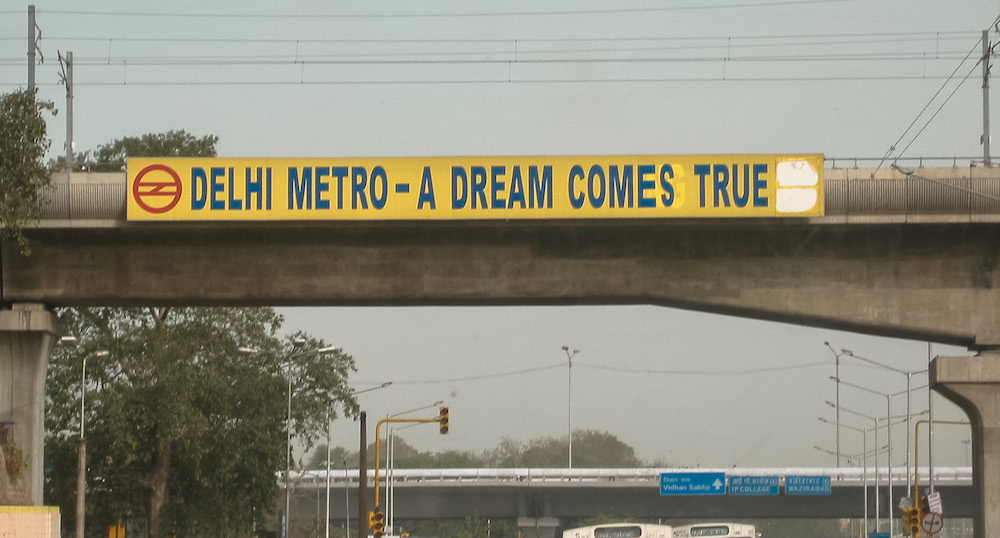
Delhi metro - a dream comes true
During those years I have spend a fair amount of time in the city exploring it by bicycle and i recognize lots of places that Dasgupta describes in Capital (most vividly parts of a hike along the west bank of the Yanuma that he describes towards the end of the book). While i am familiar with many of the localities featured in the book i have been almost entirely unaware of the secluded oases of wealth that Dasgupta describes rather vividly. Reading about them, and the role played by the moneyed business elites explains a lot of what i observed but did not really comprehend back then.
This is also where Capital comes very close to Piketty’s Capital in the 21st Century. Woven through Dasgupta’s book is a recurring theme of how a small business elite is ruthlessly riding the wave of transformation and harvesting almost all the wealth generated by it. In this sense Capital can almost be read as a case study illustrating the effects described by Piketty (r > g) in a turbo charged economic catch-up scenario3. In line with Piketty’s main argument Dasgupata recounts how the business elites leveraged existing capital assists (mainly in the form of real estate) to disproportionally benefit from the transformation of the urban economy.
Unfortunately for Delhi and the majority of its inhabitants, this accumulation of wealth is unlikely to benefit the city as a whole. In what is maybe the most important insight provided by Dasgupta he points out that the relationship of Delhi’s elites with the city that provides the foundations for their wealth is fundamentally different from the relationship between the past elites of places like New York, Amsterdam or Berlin and ‘their’ cities. He observes that 21st century elites seem to have stopped to invest in the social fabric of their citie because the incentives to do so have largely disappeared in a globalized world:
Delhi does not hold the overwhelming significance for the super-rich that New York did for the [American elite of a century ago]: it is just a place where the accumulate income, and they have rather little inclination to turn it into an urban masterpiece. They have no personal need of such an enterprise because they have been used to seeing the world’s existing ressources as their own: they do not need to build great universities for themselves because they have already been built for them – in the United States.
Such a feeling is not confined to Delhi. It applies to elites everywhere. members of the Dehi elite are identical to their peers from Paris, Moscow or São Paulo – in that they possess houses in London, educate their children in the United States, holiday in St. Tropez, use clinics in Lausanne and keep their money – offshore, nowhere. That circumstance in which great quantities of private wealth were ploughed back into the needs and concerns of one place, which was ‘our place’, no longer pertains. Not here not elsewhere.
-
I have to admit that when an internet search for Piketty’s book turned up this one i almost filed it away as click-bait. Only when i noticed the name of the author i realized that this might actually be worth reading. ↩︎
-
The impact of the then new delhi metro is beautifully captured in Vivek Narayanan’s poem ‘In the early days of the Delhi Metro‘ ↩︎
-
If you trust Amazons frequently bought together feature this seems to be exactly what people doing‘ ↩︎



